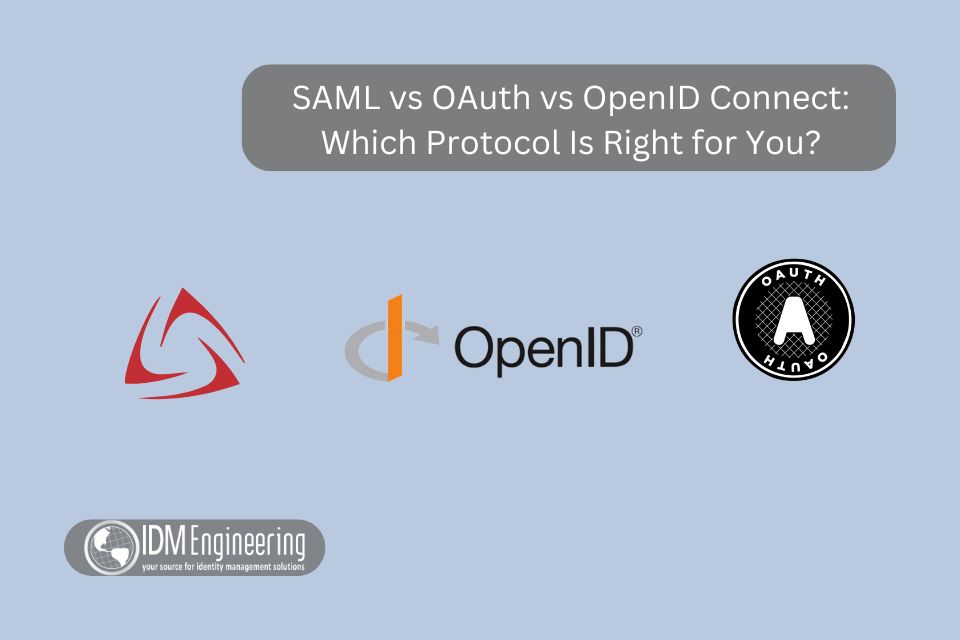The Hidden Costs of DIY Identity Management Projects
When universities and enterprises look at Single Sign-On (SSO) or identity management projects, the first instinct is often to handle it in-house. That might mean building a system from scratch on-premises, or taking on a cloud solution like Okta or Azure AD without dedicated expertise.
On the surface, it seems like a way to save money. But in reality, “DIY identity management” — whether in the cloud or on-premises — often costs more in the long run – not just in dollars, but in time, security risk, and lost opportunities.
Here are the hidden costs of do-it-yourself identity management projects, and why many organizations ultimately turn to experts for help.

Cost #1: Delays and Lost Productivity
Identity management projects can be deceptively complex. Protocols like SAML and OAuth require specialized knowledge.
The impact:
- Projects take months longer than planned.
- IT staff get pulled away from critical work.
- Faculty, staff, or employees wait longer for streamlined access.
#2: Security Risks from Misconfiguration
A misconfigured SSO setup, whether on-premises or cloud-based, may work “well enough” on the surface but leave behind serious vulnerabilities.
The impact:
- Data leaks due to incorrect attribute release.
- Weak points that can be exploited by attackers.
- Compliance violations that put the organization at risk of penalties.
Cost #3: Compliance Failures
Universities and enterprises must comply with strict regulations like FERPA, HIPAA, and GDPR. DIY projects often miss critical logging, reporting, or access control features.
The impact:
- Failed audits.
- Regulatory fines.
- Loss of trust from partners and users.
Cost #4: Higher Long-Term Expenses
Many organizations underestimate the long-term costs of maintaining a DIY solution. DIY cloud deployments are especially prone to this when organizations underestimate the configuration and governance required.
The impact:
- Ongoing troubleshooting and patching consume IT hours.
- Upgrades and integrations require repeated custom work.
- The “savings” of doing it in-house disappear quickly.
Cost #5: Missed Opportunities for Federation and Growth
Universities and enterprises increasingly need to join identity federations or integrate with research and cloud partners. DIY setups often don’t scale or meet federation standards.
The impact:
- Barriers to research collaboration.
- Inability to join trusted federations like InCommon.
- Limited flexibility for adopting new apps and services.
Conclusion
DIY identity management — whether on-premises or in the cloud — may seem cost-effective at first, but the hidden costs are significant. Delays, security risks, compliance failures, and long-term expenses can quickly outweigh the perceived savings.
Organizations that succeed with SSO and identity management recognize that it requires deep expertise. By bringing in specialists, you not only reduce risk but also accelerate your timeline and set your systems up for long-term success.
At IDM Engineering, we’ve helped universities and enterprises implement identity management systems that are secure, compliant, and scalable.
? Contact us to Book a 4-hour Consultation and get expert support before hidden costs derail your project.


